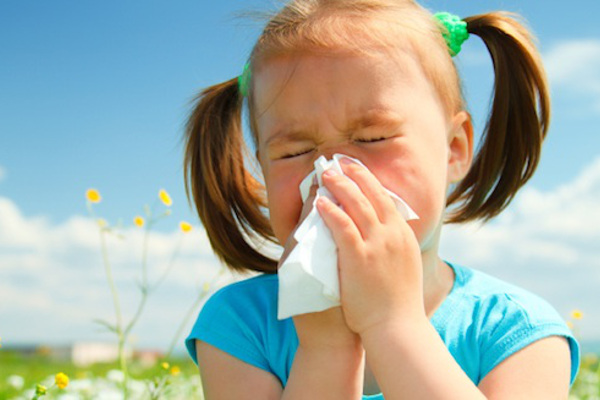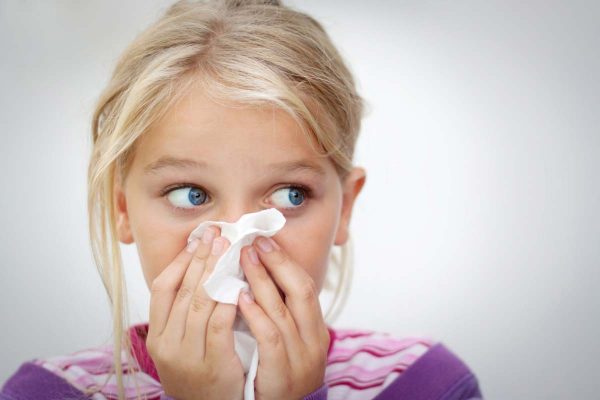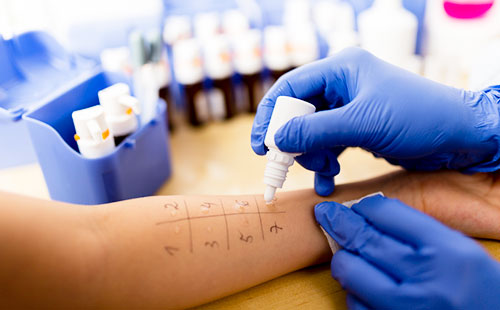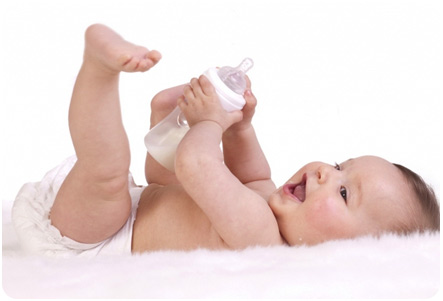Content
- Allergies in a child – provoking factors
- Allergies in a child – laboratory diagnostic methods
- Allergy in a child – determination of an allergen without laboratory tests
The child may manifest allergic reactions to any external irritant – dust, food, surrounding household items and animal hair. This can occur at any age as a result of an immature digestive system, decreased immunity or individual characteristics of the body.. Of course, this pathology requires treatment. How is allergy manifested in children, and by what method can the source of the disease be determined?
Allergies in a child – provoking factors
The allergic response of the immune system in children occurs as a result of contact with allergens. For ease of diagnosis, they are divided into several categories:
- Household allergens – dust, cosmetics and household chemicals.
- Food allergens – exotic fruits, seafood, honey, synthetic additives in foods.
- Pollen allergens – pollen from trees, flowers, cereals.
- Drug allergens – all drugs, including homeopathy.
- Epidermal allergens – a protein present in animal hair, dandruff, insect waste products.
- Infectious allergens – fungal spores, viruses, parasites, bacteria.
Allergies in children are manifested in different ways. This may be a rash, cough, asthma attacks, flatulence, rhinitis, swelling, itching, wheezing, dermatitis.
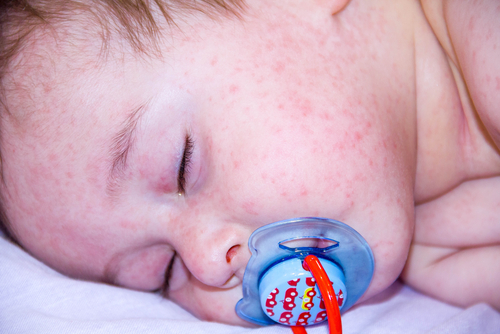
Allergies in a child – laboratory diagnostic methods
The most reliable way to determine the cause of allergies is a laboratory study:
- Allergy tests are an in vivo informative skin test that clearly identifies the pathogen. The procedure involves the application of allergen provocateurs to the skin or mucous membrane with further study of the body’s response. Allergy tests are indicated after 3 years and are carried out by an allergist in a medical institution..
- A blood test for IgE immunoglobulin level is an informative and safe method for examining venous blood. It has no age restrictions and is shown to children from the fifth day after birth. There is no risk of developing an acute allergic reaction to an allergen, as during an allergy test. In this way, more than 200 types of antigens are determined.
Before performing both procedures, the child should be on a sparing diet for at least 7 days, physical and emotional stress should be excluded.
Allergy in a child – determination of an allergen without laboratory tests
If it is impossible to conduct skin tests or take blood from a vein, you can try to find out the cause of the allergy yourself:
—————————————————————————————————————————————
- Keeping a food diary. This method is suitable if food allergies. On the advice of an allergist, all potential allergens are removed from the diet, and then one by one is offered to the child. In this case, parents should write in the diary the reaction of the body to each product.
- Alternate exclusion of contact antigens. It is important to determine what has changed in the environment 5-10 days before the onset of allergies, and then isolate the child from this item. Moreover, it can be washing powder, shampoo, toy, furniture, mold, paints and even new dishes, so you need to take into account any trifle.
- Seasonal manifestation of allergies. If an allergy manifests itself in the spring-summer period, the influence of plant pollen should be excluded.
It is very important to find the source of allergens in time, which affect the baby’s immune system. The method of waiting or ignoring the problem will lead to the transition of the disease into a chronic form, which can doom the child to lifelong treatment for allergies.






